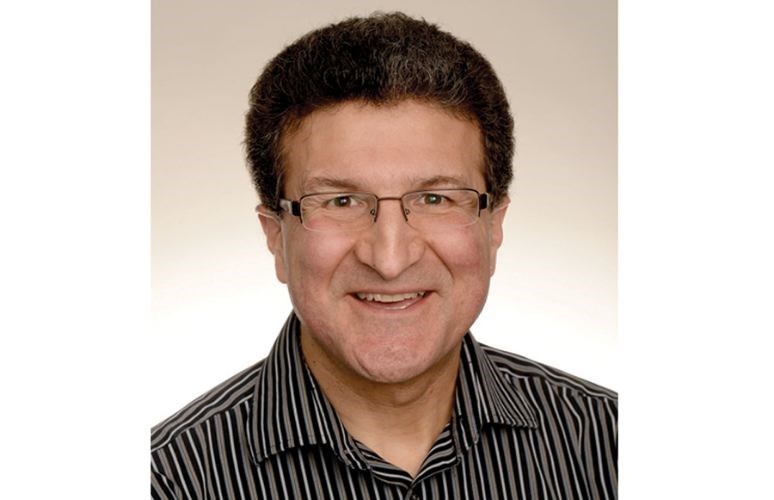One of the challenges in education is dealing effectively with students when things do not go as planned.
Having things go awry in life is not necessarily a bad thing.
Every apparent setback is itself a learning opportunity.
In the past, teachers and school administrators worked as judges when students misbehaved. We would hear evidence, follow policy and hand out consequences. It was difficult to find out what was really going on, however.
Often students were unable to articulate their thoughts, or even understand their own behaviours. They were unable to see how their behaviours impacted others, and were often left with feelings of resentment, believing that they were being punished and treated unfairly.
As a consequence, they were more likely to do the same behaviours again and again.
Sometimes things would escalate and students would eventually be completely removed from the school system.
Creative educators around the world began to look for a better way to deal with students. Many cultures around the world use a system of restorative justice, where the parties meet, often in a circle, listen to each other and collaborate to come up with effective solutions, which include logical consequences. This allows for empathy to develop, for healing, for forgiveness, for personal growth and for the strengthening of a community.
What has evolved from this is called "restorative practices."
The fundamental premise of restorative practices is that, "People are happier, more cooperative and productive, and more likely to make positive changes when those in positions of authority do things with them, rather than to them or for them."
The effectiveness of these practices is nothing short of phenomenal. Where it has been used there have been significant reductions in the number of incidences of school discipline. Even the numbers of such serious infractions as assault have dropped.
Though the ability to use restorative practices takes training and expertise, in essence it is about creating an atmosphere where everyone feels safe enough to honestly reflect on and express their views. The following questions may be asked when things go wrong:
What happened?
What were you thinking at the time?
Who has been affected by what you have done? In what way?
What do you think you need to do to make things right?
A person who was harmed can be asked such questions as:
What did you think when you realized what happened?
What impact has this incident had on you and others?
What has been the hardest thing for you?
What do you think needs to happen to make things right?
Our school system is just in the beginning stages of using this technique.
To this point I have had facilitators in my classroom, meeting with me and my at risk students once a week in order to create this positive atmosphere.
I requested having them because this method is so consistent with the lessons I am trying to teach my students about living to their full potential.
I look forward to the results, and to hearing students tell me years down the road what a positive impact this had in their lives.



